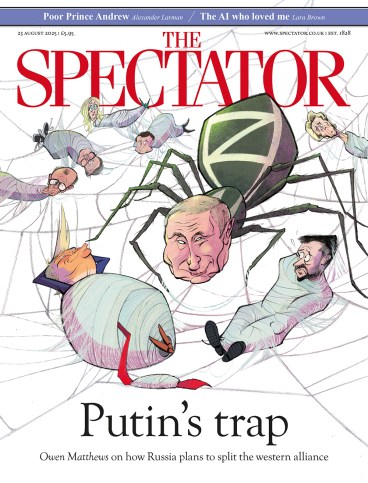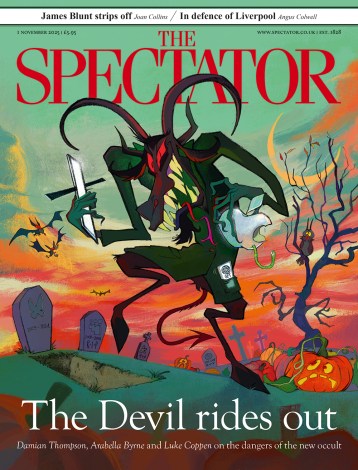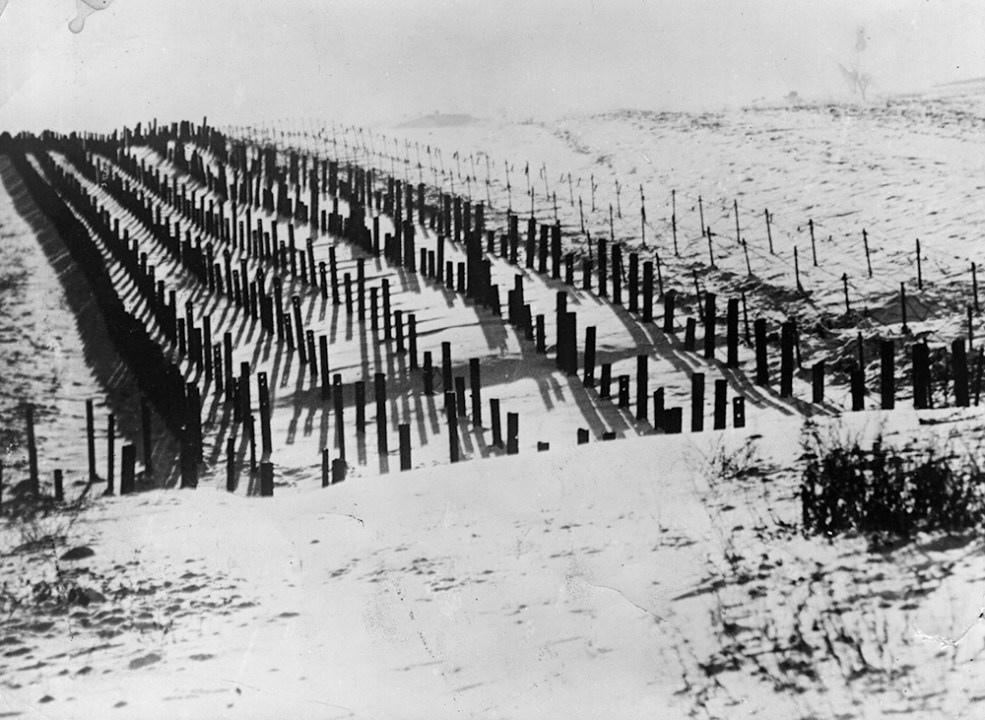
I don’t want to rain on the new Entente Amicale’s parade; it’s just that whenever we get cosy with the French, military disaster seems to follow.
In 1914, a decade after the signing of the Entente Cordiale, the War Office fell hook, line and sinker for the Conseil Supérieur de la Guerre’s doctrine of Attaque à outrance (attack to the extreme limits) and ludicrous Plan XVII. By April the following year we’d lost most of the regular army.
In 1939 we again sent an expeditionary force to France and in May 1940 we fell for the Conseil’s ‘Dyle Plan’. This involved abandoning the field defences constructed during the winter and advancing into Belgium to confront the German Blitzkrieg in the open, leaving behind the greater part of the French army on the Maginot Line – the sophisticated fixed fortifications along the Franco-German border, the supposed ‘continuous line of fire everywhere’. But for the miracle of Dunkirk, it would have cost us even more dearly than in 1914.
Kevin Passmore, professor of modern European history at Cardiff, writes:
In the ninth decade after this catastrophe, the Maginot Line remains a symbol of an expensively useless response to real or perceived danger. The myth is used to discredit policies, from Donald Trump’s wall on the Mexican border, through the US Army’s response to artificial-intelligence-powered weaponry and Ukrainian defences against the Russian invasion, to the EU’s proposed tariffs on Chinese electric vehicles.
The Maginot Line symbolises decadence, too; but the reality is more complex, he adds.
Marshal Foch despaired that the Treaty of Versailles was not a peace but a 20-year armistice
When the treaty was signed at Versailles in 1919, Marshal Foch, the French commander-in-chief, despaired that it wasn’t a peace but a 20-year armistice. The Conseil, even if not quite believing his remarkably accurate prophecy, at once began to consider defence plans. This required some consideration of the lessons of the war – disputed, as lessons of war invariably are – but also the geographical reality. The French frontier was long and hard to defend, thanks in part to the 1815 Treaty of Paris which had ensured that invaders could easily reach the capital. Early plans therefore saw a return to Attaque à outrance, envisaging French and Belgian forces in the occupied Rhineland advancing to meet Polish and Czech forces and cutting Germany in two.
But France’s leaders now had to defend Alsace-Lorraine, too – no small challenge given the cost of victory and the fact that for 47 years the province had been Elsass-Lothringen. Some 700,000 British servicemen died during the first world war (and 200,000 more from the dominions and India). The figure for France was twice that, with another three million wounded, a million of them severely, and from a population roughly the same as Britain – 40 million. Vast tracts of agricultural land were blighted by battle. Whole towns and villages lay in ruins. As they retreated, the Germans hadn’t quite poisoned the wells and salted the fields, but they’d flooded the mines and dismantled the factories. France had sold her gold reserves and contracted huge debt. One in five mobilised primary school teachers had been killed.
Little wonder, says Passmore, that so many men, women and children were traumatised. In 1922, the war minister André Maginot, himself badly wounded in 1914 and invalided out of the army in the rank of sergeant, told parliament: ‘If there is one thing that’s henceforth agreed about modern warfare, it’s that victory is insufficient to compensate a people for the damage of invasion.’ Passmore is cautious, however, about the extent to which the Maginot Line derived from the trauma of war, arguing that while many individuals were traumatised, France as a ‘body’ was not:
There was much antiwar sentiment. The growing Communist party was antimilitarist, though not against political violence or war waged by communist states. Pacifism, opposition to war itself, was widespread in the socialist and moderate-left radical-socialist parties, though most accepted that France must defend itself if attacked. The veteran movement also contained a strong pacifist tendency, and its identification with the ordinary soldier shaded into dislike of regular officers. Even the right accepted that [compulsory] military service must be reduced.
The lessons of the war, as the French military establishment saw them – heterogenic and politicised as that establishment was – were not simply of mobility vs firepower, but of the nature of command. There had been a naturally occurring tactical devolution of command to junior officers and NCOs during the war, and in 1917 there had been mutinies by the rank and file. (‘We will defend the trenches, but will not attack’, thereby showing a finer grasp of tactical reality than the higher command).
In the background was the Russian Revolution and the spread after the war of communist antimilitarism to France, where it met socialist and liberal pacifism. Fortification was the military dimension of a wider conservative response, which paralleled responses in the factories and the political system. It was designed to buttress hierarchical command and to regulate and synchronise human beings and the natural environment in the interests of military, national, social and political defence.
This latter derived in part from the American F.W. Taylor’s methods of rationalised, standardised mass production, known in France as l’organisation du travail. However, says Passmore, the project was unworkable. Many political and military experts opposed the construction of permanent fortifications; ordinary officers resented serving in them; and the rank-and-file contested top-down command, usually as citizens with democratic rights, sometimes as pacifists or communists: ‘It proved impossible to “perfect”, as one general put it, the natural environment, air, water and the landscape for military purposes. New technology was fallible.’
But Maginot himself, the main proponent of the project and who secured the initial funding, would not live to see its fallibility. The actual work, accelerated in the late 1930s, was mostly that of his successor, the brilliant mathematician and former prime minister Paul Painlevé.
Reading this fascinating, scholarly and salutary study of the greatest military folly of modern times, I couldn’t help but think of the Duke of Wellington’s comparison of his way of campaigning with that of the French:
The French plans are like a splendid leather harness which is perfect when it works, but if it breaks it cannot be mended. I make my harness of ropes; it is never as good looking as the French, but if it breaks I can tie a knot and carry on.








Comments